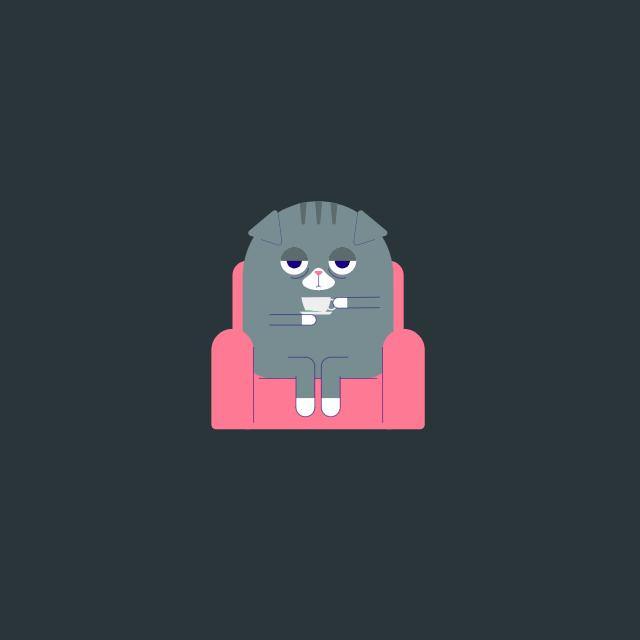Brand Background
Conversations around money can be awkward at the best of times. And when it comes to group social situations, it can be easy to lose track of shared spending. The Beem It solution was to change the way we use—and talk about—money. Launched in 2017, millions of Australians have since downloaded the peer-to-peer money transfer app, and use it to pay and get paid what they’re owed.
2020-21
Responsibilities: UX Research · Art Direction · Website UI · App UI · Storyboarding · Branding · Project Management
Product: Joanna Hasse, Daniel Sempertegui
Marketing: Carmel Johan
Engineering: Drew Cunning
Awards: Good Design Award 2020—Gold Winner—Digital: Apps and Software
Case Study: Stickers
The conversational nature of the payment request was a key differentiator between Beem It and the apps of traditional financial institutions.
Instead of a form, there was a simple, straightforward sentence. Emojis could be used, and transaction descriptions weren’t restricted by tight character limits.
Other Case Studies
The Beem It Brand
BPAY Campaign
Onboarding
Branded Swag
BPAY Campaign
Onboarding
Branded Swag
Reacting to payments received using emojis.
Debt-levelling vs Gifting Payment Behaviours
A couple of months post launch of the Gifting feature, when I looked into a large, random sample of transaction descriptions (personal messages) for payments with animations attached, I found that less than 10% of users were adopting the feature as intended.
The average value of gift payments was only $15. And the transaction descriptions showed that users were using gifts to dress up standard debt-levelling payments, rather than sending gifts of money as presents.
Irrespective of the holiday and gift theming, the Lottie animations gave users opportunities for self-expression—just like the emojis did.
The old Gifting feature: gift giver flow.
The old Gifting feature: gift recipient flow.
Gifting
In late 2019, Beem It launched a Gifting feature, where users could send payments as gifts. What differentiated the gift payment from the debt-levelling payment, was the ability to attach a Lottie animation and an unwrapping experience to the personal message—the transaction description, restyled.
Stickers
MAUs who sent ‘decorated’ payments with animations used the app more frequently than those who did not. There was an opportunity to leverage this behaviour to create more sticky, active users.
I took this to leadership with a proposal to update the Gifting feature into Stickers—an augmented payments flow, that better suited user behaviour than Gifting currently did—where Lottie animations (Stickers) were attachable regardless of payment intention.
MAU who attach animations to payments use the app more frequently. Ninety percent of those users don’t send those payments as gifts, but as debt-levelling payments and requests, using animations as self-expression, or to reduce the awkwardness of mixing money with friends.
Stickers integrated into the payments flow.
Stickers Library
With this transition came a demand for a bigger sticker library. I conducted an audit of the existing library and looked at the usage numbers per sticker, and the types of transactions-such as which stickers were more commonly paired with payments for food. I then interviewed users to understand why particular subjects and styles were resonating over others.
Using this research—as well as a few trending memes—as a springboard, I collaborated with marketing to create a series of briefs. I then art directed the style and content of these stickers, commissioning Australian animators like freelance motion designer Vivi Feng and Melbourne agency Jumbla.
I conducted an audit of our existing Lottie library and created categories informed by the transaction description data.
To support the growing sticker library, I needed to design a supplementary brand palette for the UI—one that was broad enough to accommodate vibrant, lively animations. The entire palette meets AA accessibility standards, whilst also looking cohesive as a whole.
The colour palette for the sticker library.











